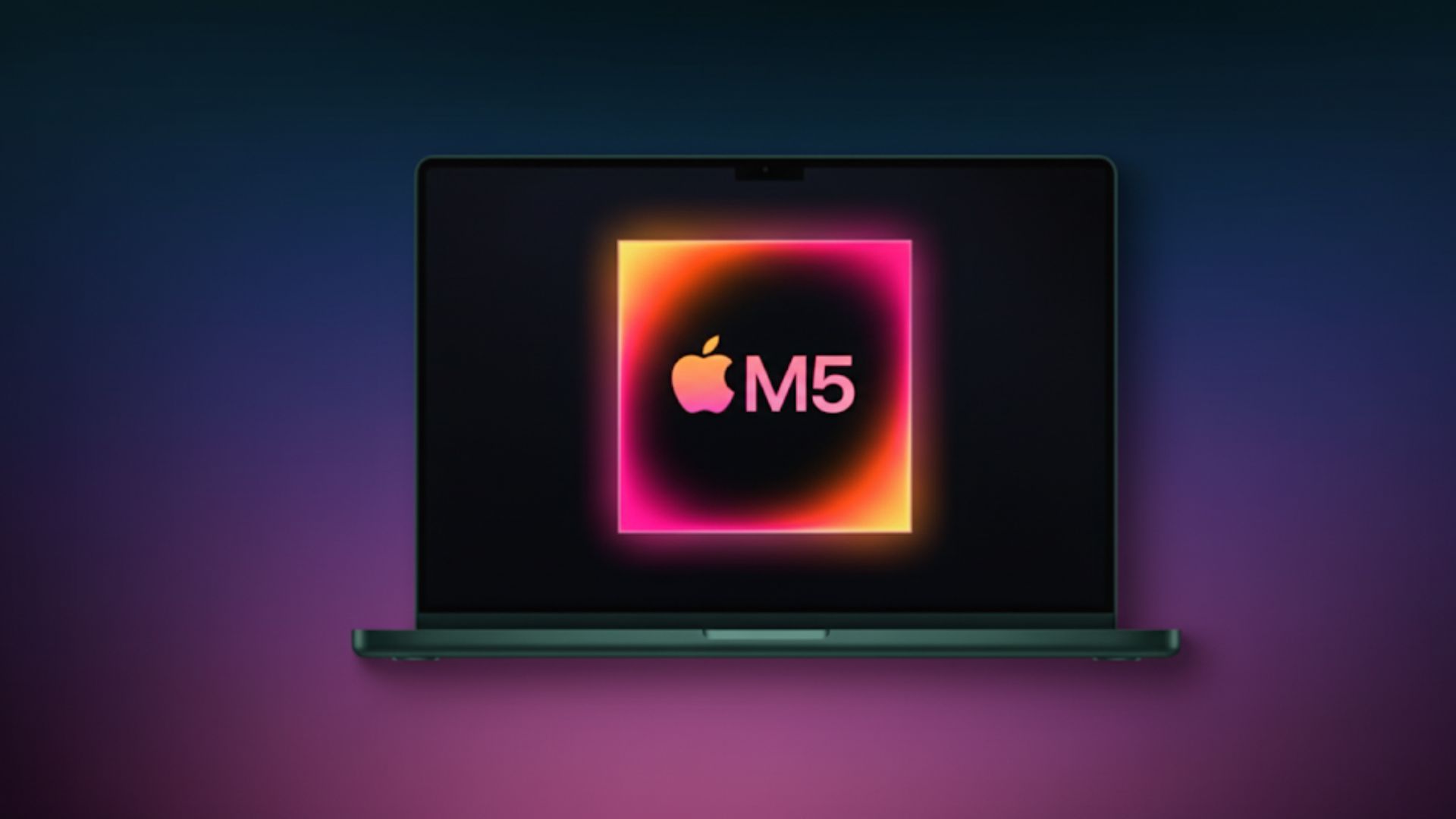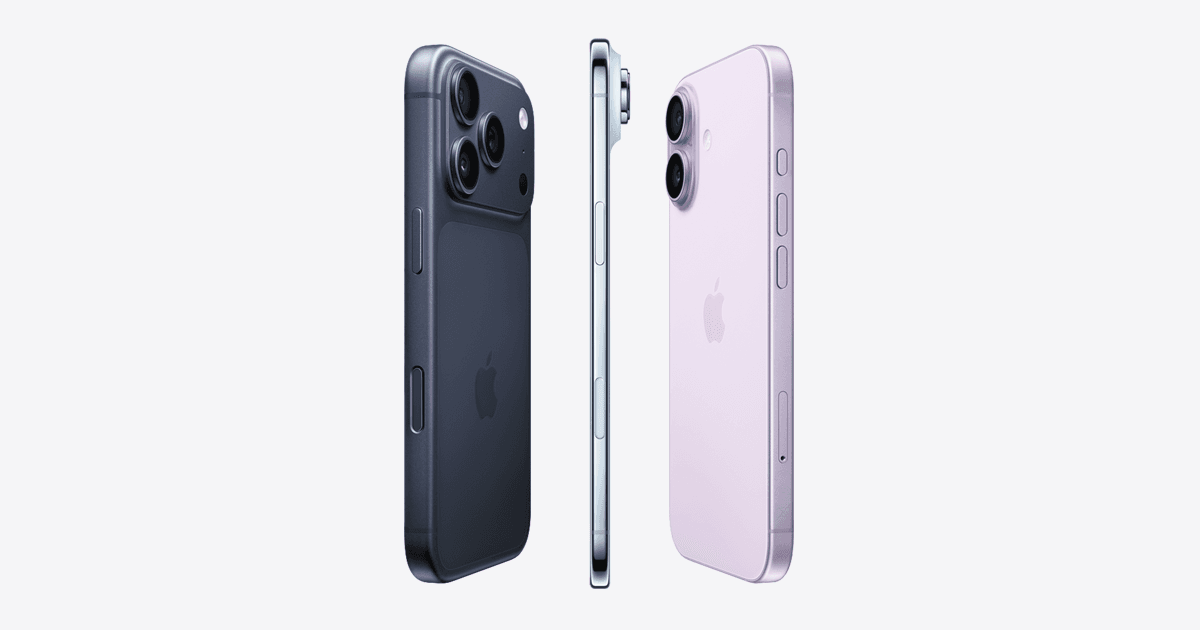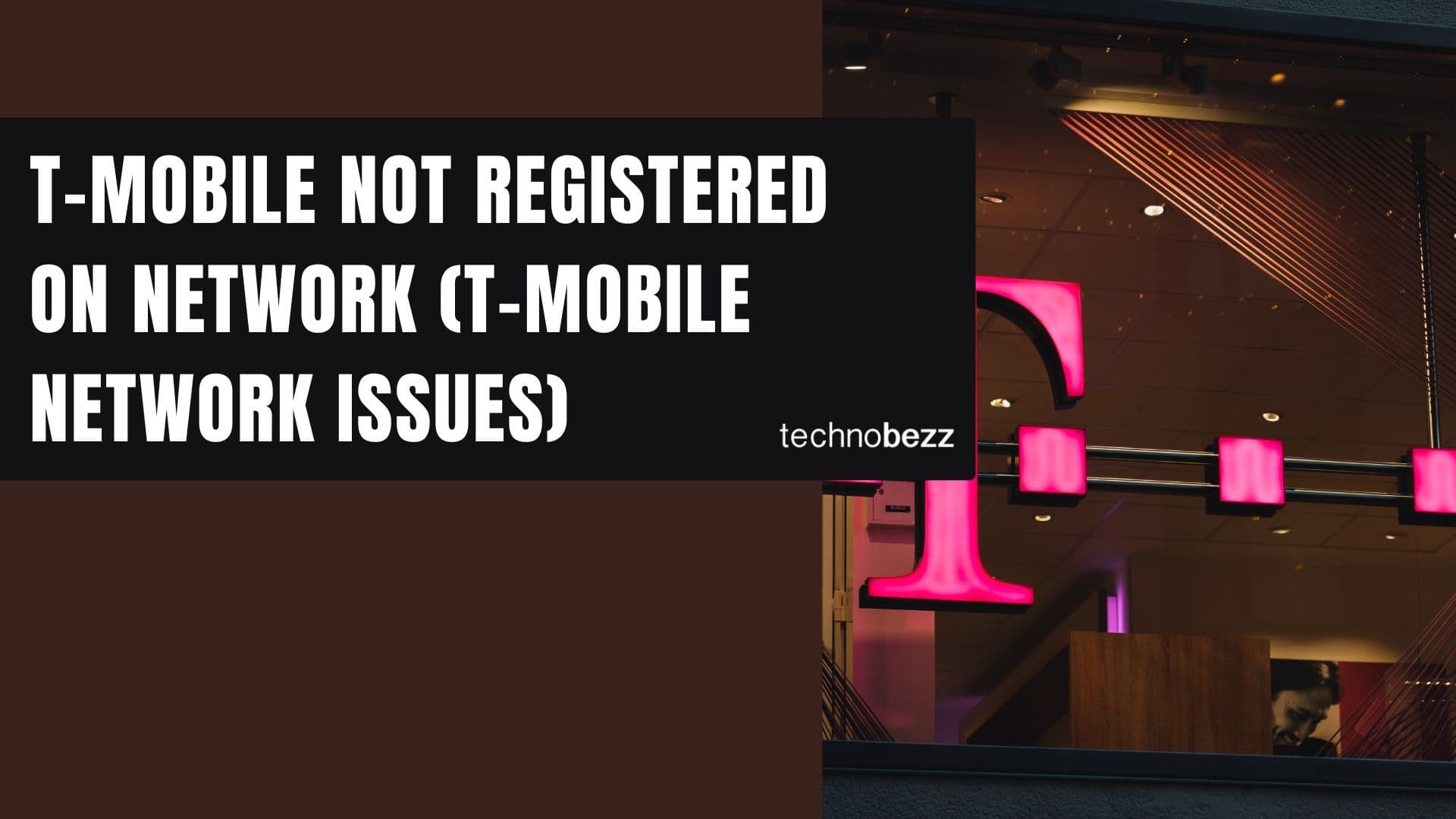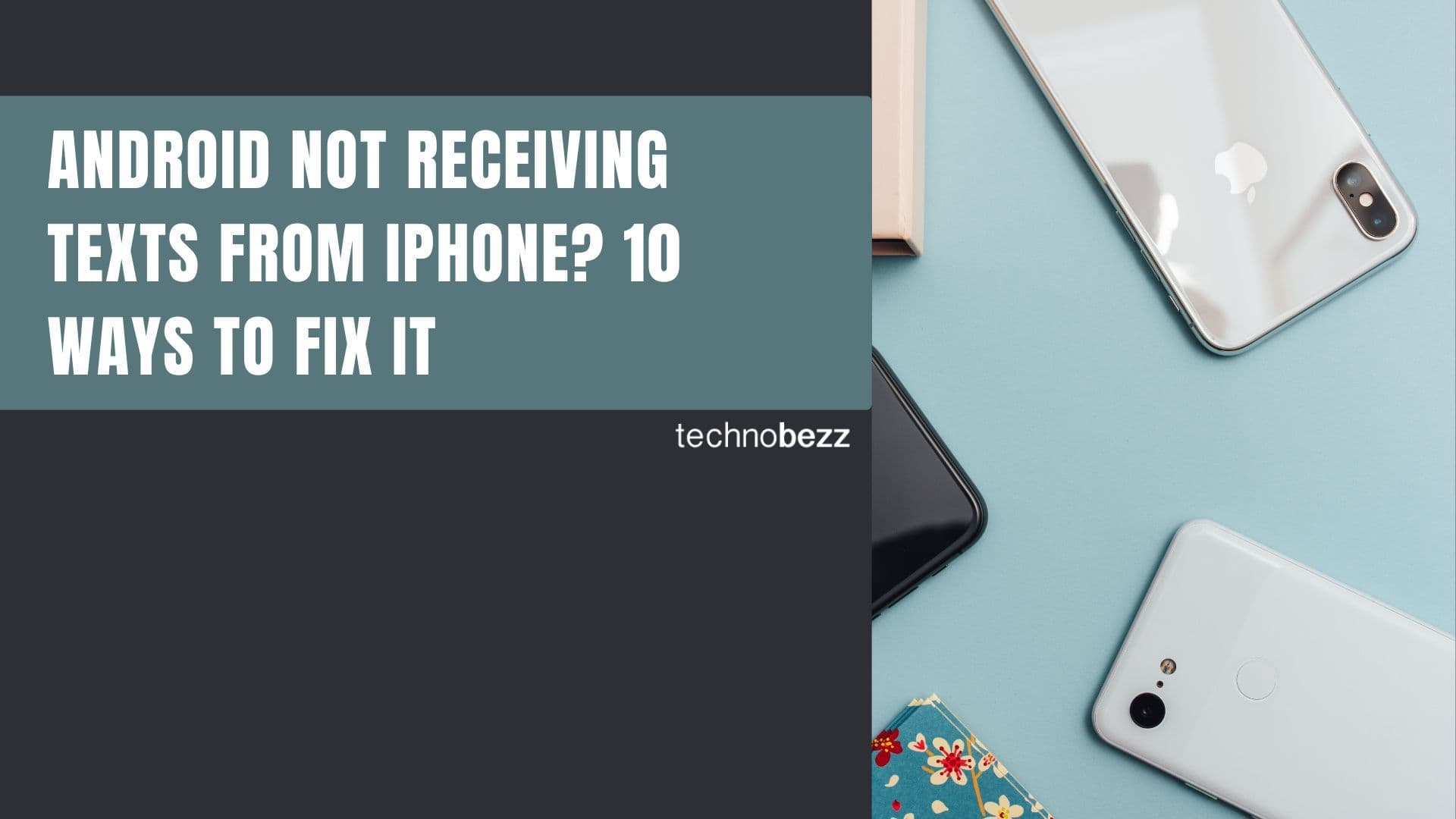While everyone's been obsessing over the M4 MacBook Air's shiny new 16GB RAM baseline and wondering when the M5 chips will drop, a quiet revolution has been brewing in Cupertino's labs. Reports indicate Apple has begun mass production of its M5 chip (ET News via MacRumors; also reported by NDTV Gadgets 360), while Bloomberg and analyst Ming-Chi Kuo now suggest the M5 MacBook Pro may slip to 2026. But here's the thing: the timeline doesn't matter as much as what these machines will be capable of when they finally land.
You can also set us as a preferred source in Google Search/News by clicking the button.
The writing's been on the wall since Apple started cramming professional-grade silicon into impossibly thin laptops. The M4 MacBook Air already delivers performance that would make a 2019 Mac Pro weep, and that's just the beginning. Apple's own testing shows M4 systems with 10-core CPUs handling workloads that once required tower computers, all while sipping power like a smartphone.
But let's talk about what's really happening here. Bloomberg reports Apple has been testing ChatGPT-style tools internally, but the Siri overhaul has faced delays and may not arrive until 2026. This isn't just about better voice commands - it's about local AI processing that demands serious computational muscle. The kind of muscle that traditionally lived in Mac Pro towers but is increasingly finding its way into laptops thin enough to slide under a magazine.
The RAM situation tells the whole story. Remember when 8GB was "enough" for most users? That argument died the moment Apple Intelligence started requiring real memory to function properly. Now the MacBook Air starts with 16GB as standard, and M4 MacBooks are configurable up to 32GB; base memory is 16GB. When a laptop can match or exceed the memory capacity that professionals relied on desktop workstations for, you start to see the problem.

The Performance Gap Is Vanishing
Here's where things get interesting for creative professionals who've been clinging to their Mac Pros. The M4 chip's Neural Engine isn't just faster - it's fundamentally changing how AI-heavy workflows operate. Video editors are discovering that local machine learning features can outperform traditional GPU-accelerated effects, often while generating less heat and using less power than their tower-bound predecessors.
Apple's own documentation shows M4 systems configured with 10-core CPUs and up to 10-core GPUs handling 4K video editing, 3D rendering, and complex audio processing without breaking a sweat. Meanwhile, Apple does not disclose Mac Pro model-specific sales, and public filings do not break out this data.
The thermal story is equally compelling. While some users report overheating issues with macOS updates (particularly with temperatures hitting 75-80°C according to Apple forum discussions), these are software optimization problems, not fundamental limitations. The M-series architecture runs cooler and more efficiently than Intel-based systems ever did, even under sustained professional workloads.
Industry discussions on Hacker News reveal another crucial factor: cost. Developers and researchers increasingly question whether paying premium prices for Mac Pro configurations makes sense when comparable performance comes in laptop form factors. Cost considerations continue to influence pro buyers' hardware choices.
When M5 MacBooks eventually arrive - whether that's late 2025 or early 2026 - they'll likely offer performance that makes the current Mac Pro lineup look quaint. We're talking about chips built on an improved 3-nanometer process, with more cores, more memory bandwidth, and AI capabilities that dwarf today's standards.
The Mac Pro isn't dying because it's a bad product. It's dying because Apple succeeded too well at making laptops powerful enough to replace it. Why maintain a separate professional desktop line when your "consumer" laptops can handle professional workflows with room to spare?
For Apple, this transition makes perfect sense. Laptops have higher margins, appeal to broader markets, and align with the company's vision of portable computing. The Mac Pro was always a niche product serving a shrinking market of users who truly needed desktop-class expansion and cooling.
The upcoming M5 MacBook won't just compete with the Mac Pro - it'll make the entire category obsolete. And honestly? That's probably exactly what Apple intended all along.
If you enjoyed this guide, follow us for more.













